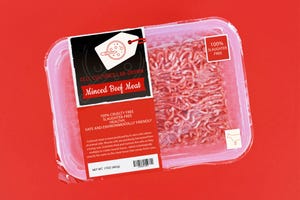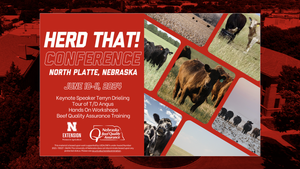COF Numbers Surprise The Analysts
The December placement numbers released last Friday surprised analysts by being up 16.1% while the average estimate of the analysts was only 13.7%. While last year’s placement totals were extremely low, December placements were up 5.7% compared to the five-year average. In addition, placements were up 10 of 12 months in 2010 compared to 2009.

The December placement numbers released last Friday surprised analysts by being up 16.1% while the average estimate of the analysts was only 13.7%. While last year’s placement totals were extremely low, December placements were up 5.7% compared to the five-year average. In addition, placements were up 10 of 12 months in 2010 compared to 2009.
The numbers raise a couple of questions. First, why the jump in prices? The answer is that we’re working through all those low placements, while export demand has been driving the ship in 2010 and helping to push prices.
Second, if numbers are so tight, how can we be placing more cattle? It is higher prices that are pulling cattle in, and profitable fed-cattle sales are causing feeders to aggressively replace those going out – both conditions that were not occurring last year. When it comes to marketing, few people are going to wait with prices at the levels they are. “Get ’em gone,” seems to be the mantra of the industry.
Considering the run-up in feeder prices, perhaps it’s the most surprising that December 2010 placements were less than 6% over the five-year average. Factoring into it are the high prices drawing a large amount of calves from south of the border. Mexican imports were up 37% in the fourth quarter, and are expected to remain high.
Other points:
Higher corn prices lead to higher placement weights so everyone was expecting the number of 700+ lb. calves to increase, a trend that’s expected to remain for the foreseeable future. The real surprise in placements was that the increase in lighter-weight calves was consistent (percentage-wise) with feeder-cattle placements. It’s obvious that we are pulling calves forward, which should bode well for the future, if not necessarily the first six months of the year.
Quite a few heifers destined for the replacement pen have found their way to town in the last 60 days. Short-term that’s more numbers than expected, which means long-term numbers will get tighter yet.
-- Troy Marshall
About the Author(s)
You May Also Like





